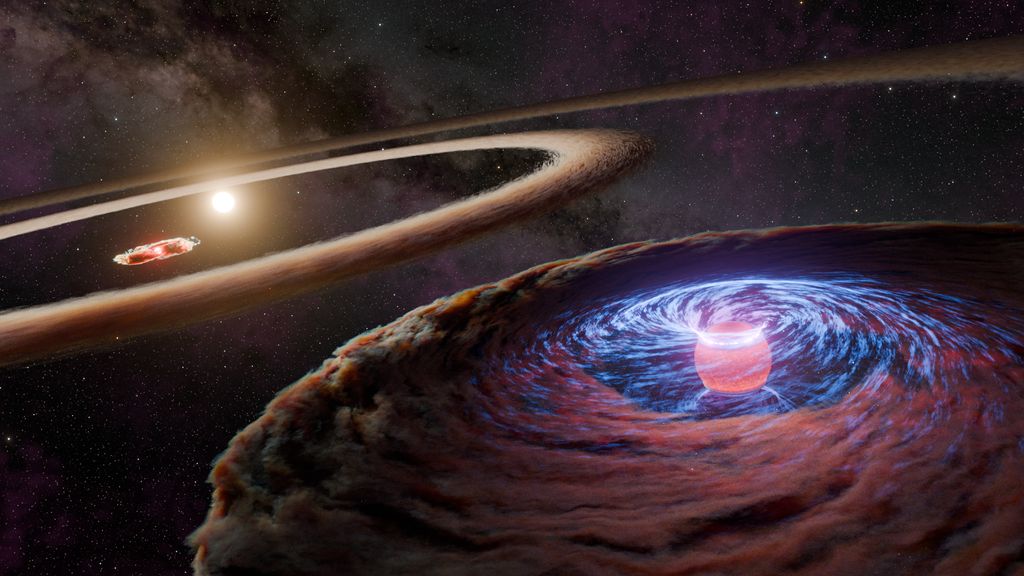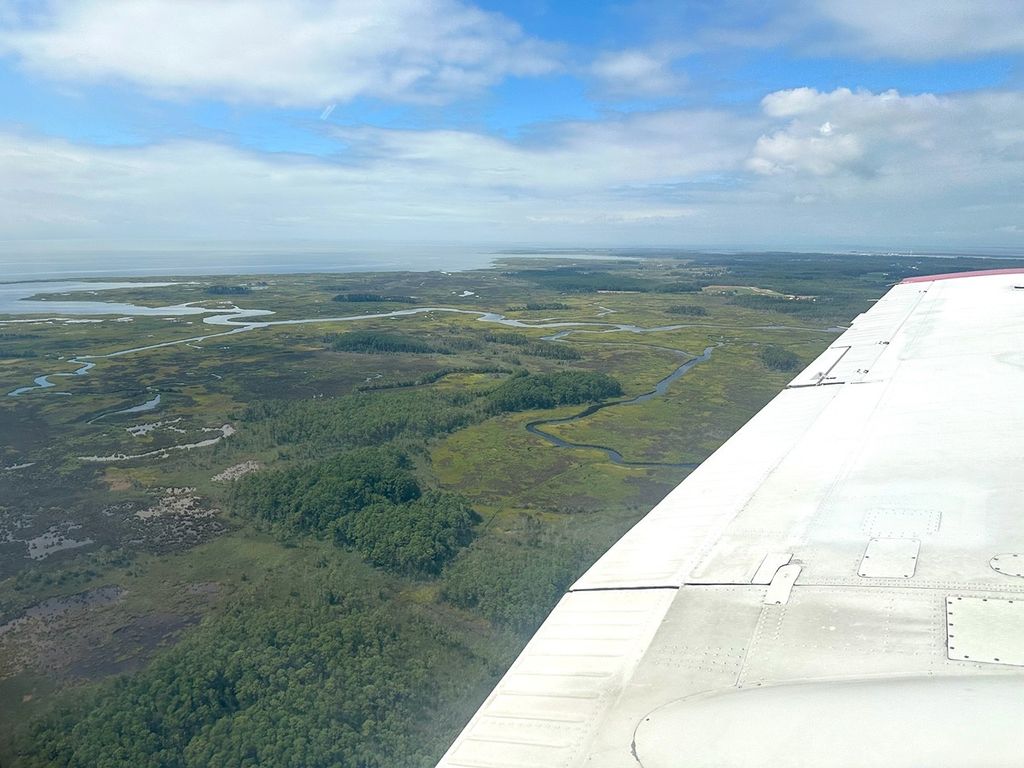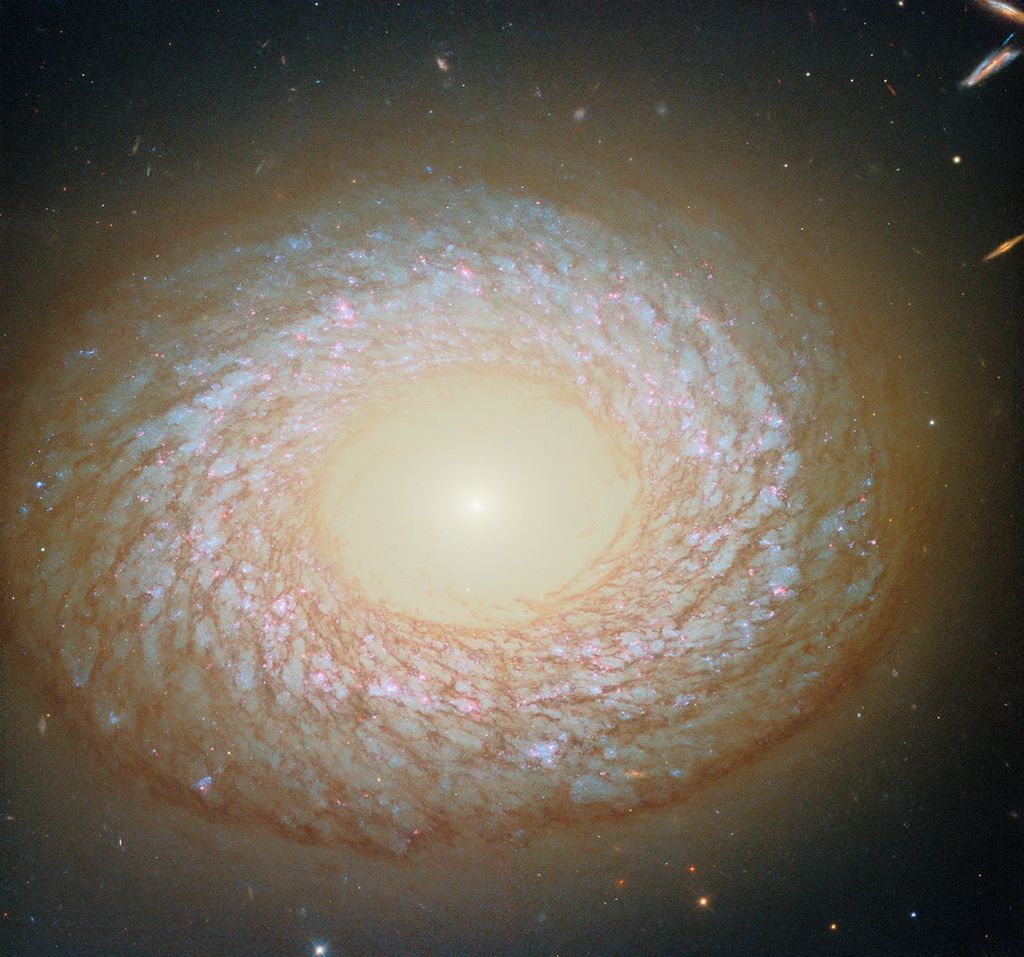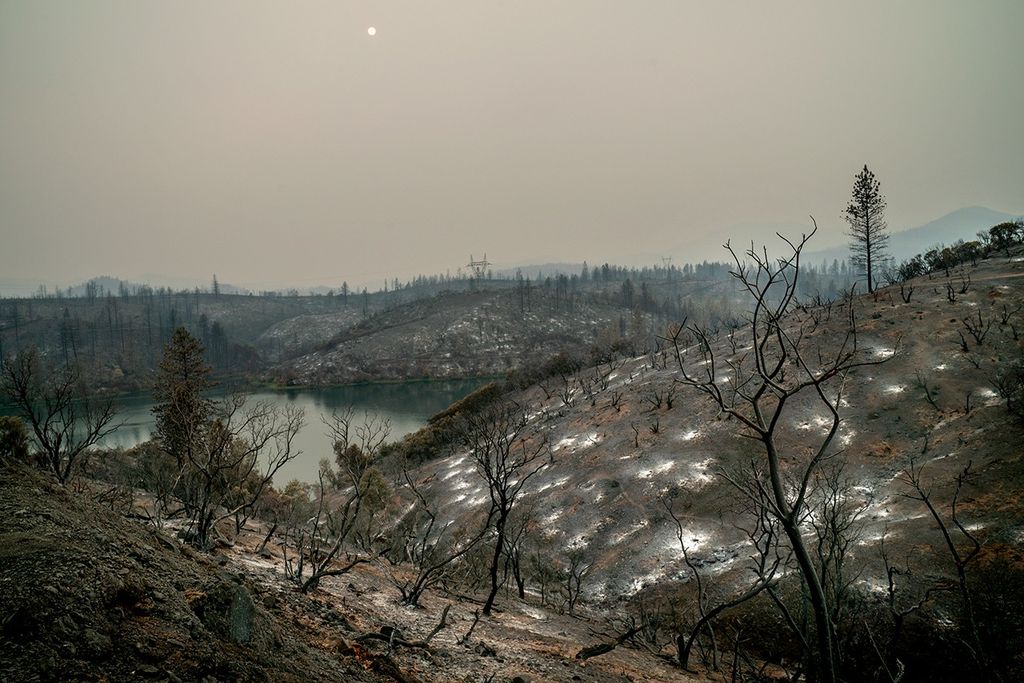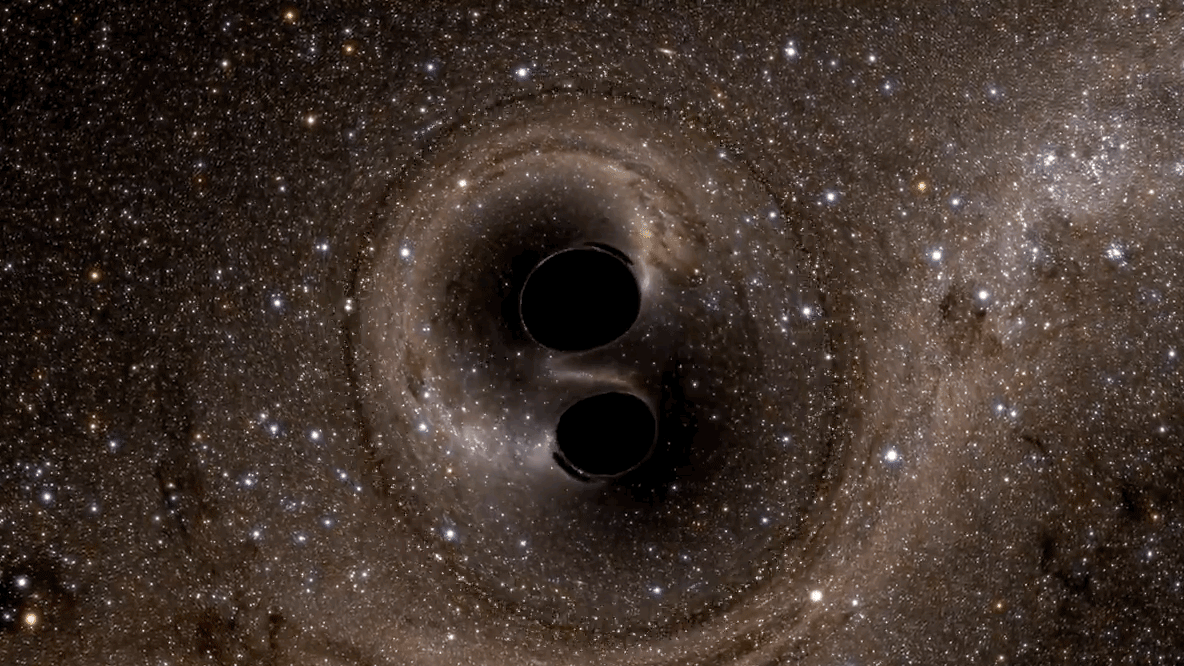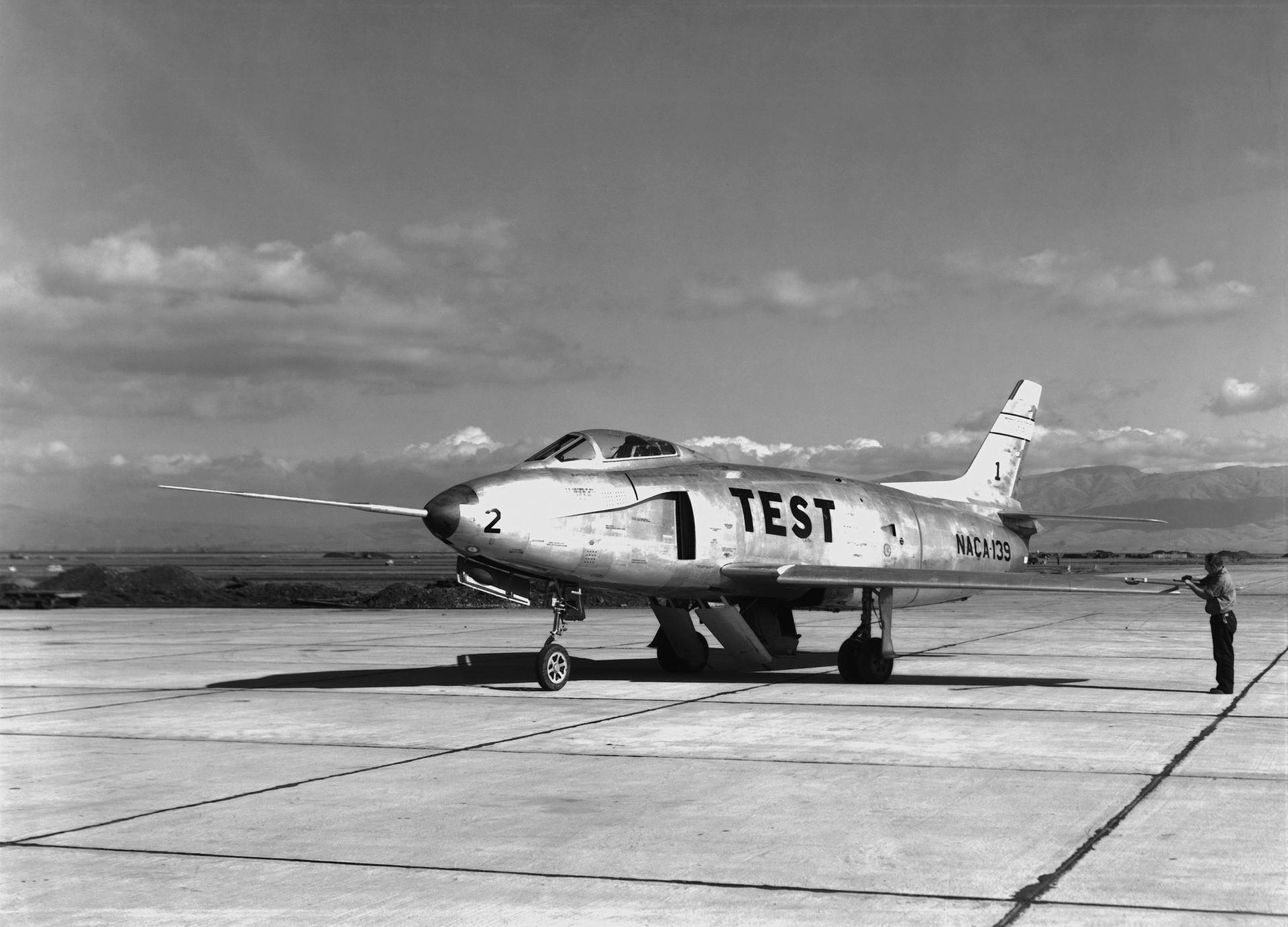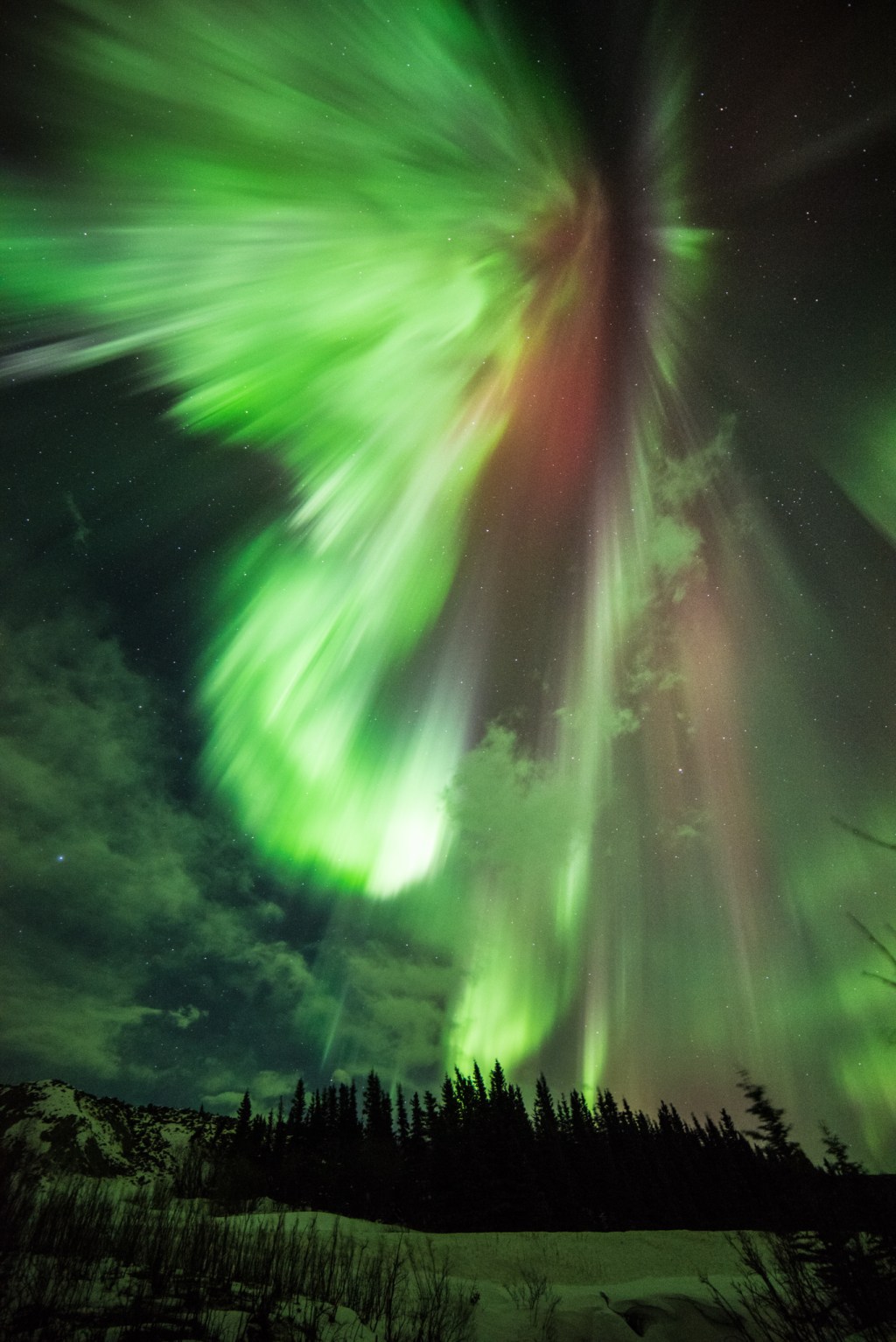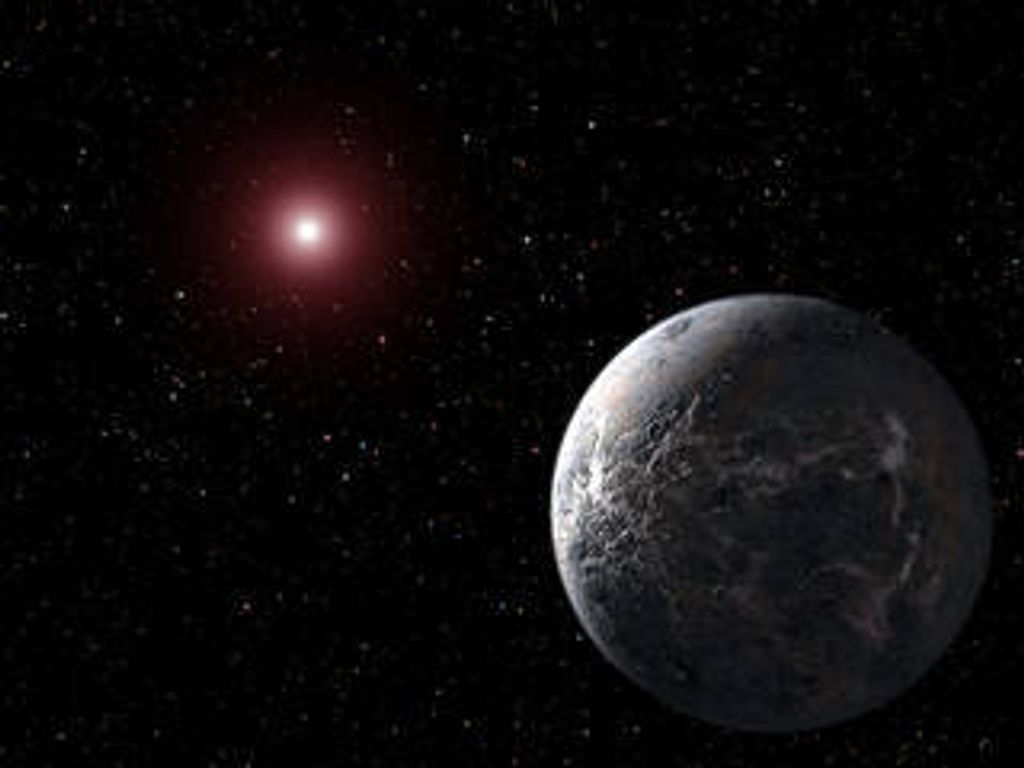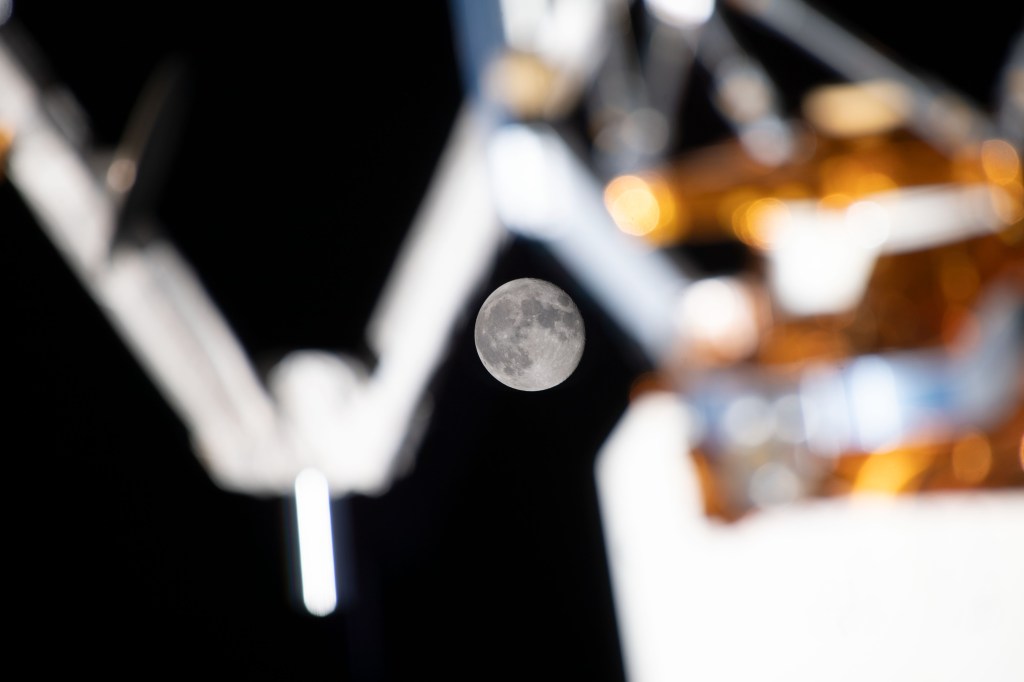1 min read
Planetary Nebula NGC 6818

- Object NameObject NameA name or catalog number that astronomers use to identify an astronomical object.NGC 6818
- Release DateMarch 19, 1998
- Science ReleaseHubble Captures the Shrouds of Dying Stars
- Credit
Related Images & Videos

Planetary Nebula NGC 7027: A Sun-Like Star Burning Out
The Hubble Space Telescope's Near Infrared Camera and Multi-Object Spectrometer (NICMOS) has captured a glimpse of a brief stage in the burnout of NGC 7027, a medium-mass star like our sun. The infrared image (on the left) shows a young planetary nebula in a state of rapid...

Stellar Metamorphosis: Butterfly-Shaped Nebulae Emerge from Stellar Cocoons
[TOP LEFT AND RIGHT] The Hubble Space Telescope's Wide Field and Planetary Camera 2 has captured images of the birth of two planetary nebulae as they emerge from wrappings of gas and dust, like butterflies breaking out of their cocoons. These images highlight a fleeting phase in...
Share
Details
Claire Andreoli
NASA’s Goddard Space Flight Center
Greenbelt, Maryland
claire.andreoli@nasa.gov

